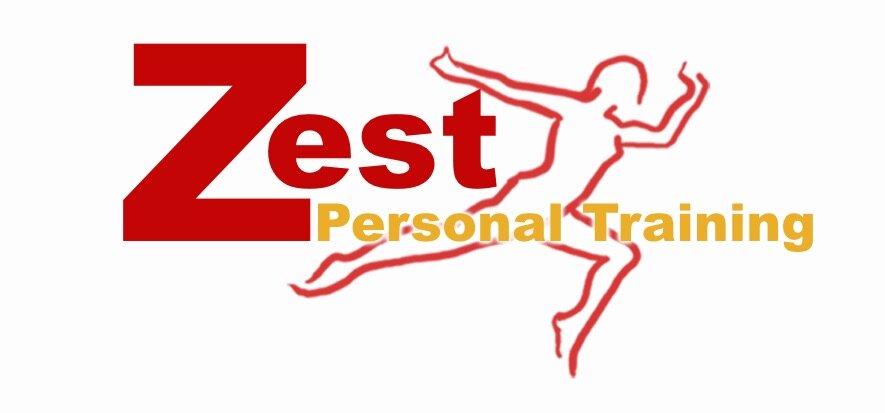Hypoxic Training
In 1968 the Olympics were held in Mexico. This event saw two African-American athletes raised their fists during the US national anthem in the Black Power salute, whilst the Australian silver medallist stood in solidarity wearing a human rights badge on his jacket. This Olympics also had world records set in many events including the men’s 100 meters, 200 meters and 400 meters that lasted up to 20 years.
The phenomenon in performance was due to the elevation. Mexico is 2,250 metres above sea level and the oxygen concentration is less than 16%, compared to 20.9% at sea level. Tim Wendel wrote “After 1968, training at altitude, even if the events were going to be held at sea level, was seen to be a great way to prepare,” in his book Summer of ’68: The Season That Changed Baseball – and America – Forever. Although altitude training was already a recognised concept, the effect of the elevation on the results in the Mexico Olympics brought it under the spotlight of sports scientists.
In simplistic terms, when exercising at altitude, your body will receive less oxygen per breath, due to the reduced oxygen density. With regular altitude training, your body will adapt to the conditions at a cellular level, creating more red blood cells in your bone marrow. The influx of red blood cells will increase the efficiency of oxygen transport around the body and improving breathing economy. The result of this adaption is less fatigue and faster recovery, leading to increases in training intensity and physiological adaptation. Studies have proven significant benefits in:
Increase VO2 max and lactate threshold
Increase power output and speed
Enhance Endurance and Stamina
Reduce recovery time
Increased capillarisation (density and length), enabling increased oxygen delivery to tissues
Boost in mitochondrial enzymes allowing more efficient use of oxygen for energy production
Decreased heart rate and blood pressure
Increased production and release of human growth hormone
Stimulation on fat-burning metabolism
Hypoxic training is used for performance enhancement and recovery in many sports including, triathlons, running, cycling, combat sports and team sports including American and Australian football, soccer and rugby.
At Zest Personal Training, we are proud to announce that we are now equipped with a hypoxic training system, allowing our clients the opportunity to use this specialised machine for improving performance and recovery allowing them to reach their full potential.
